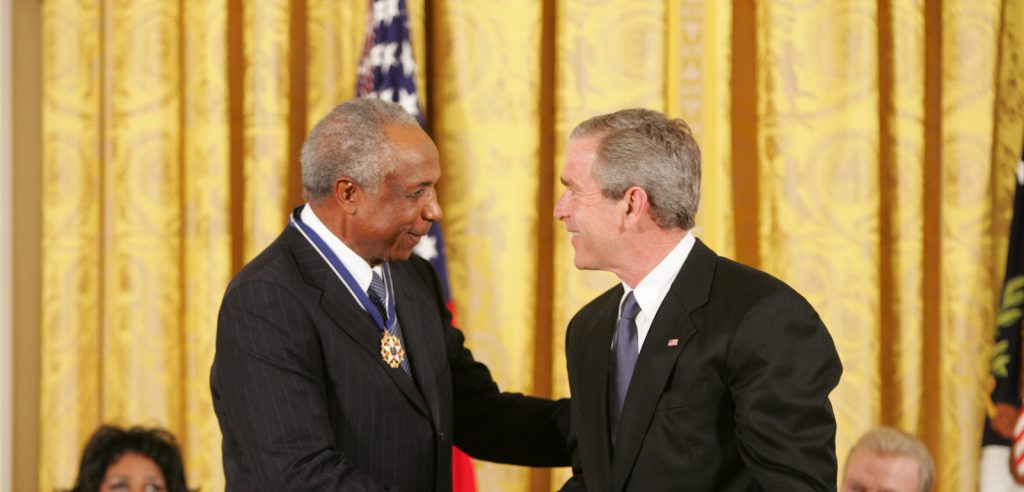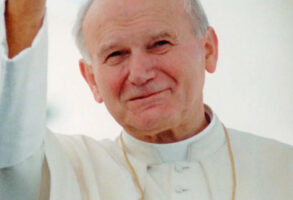
Published February 9, 2019
Hard as it may be for those who know them only from their recent woes, the Baltimore Orioles won more games than any other team in baseball’s major leagues for almost a quarter century, from 1960 to 1983, the year of their last world championship.
The driver of that remarkable success was something called the “Oriole Way,” several lifetimes of baseball experience distilled into a written manual of instructions on Playing Baseball Right that the organization began inculcating in its rookies and draftees in Bluefield, W.Va., at the bottom-of-the-barrel Appalachian League, and continued preaching up to and through the major-league level. The Oriole Way, stressing pitching, defense, and situational awareness, built a cadre of players who were often more than the sum of their individual skills and thereby won more than their share of games. But something else was needed to turn routine competitiveness into four World Series appearances in six years. That human pivot in Baltimore’s baseball fortunes was the greatest player I ever saw bend games to his will: Frank Robinson, who died on February 7 at age 83.
In 1964 and 1965, the Orioles challenged for the American League pennant but couldn’t seem to get over the last hurdle. Then, over the winter of 1965–66, Orioles general manager Harry Dalton pulled off one of the greatest trades in baseball history, acquiring Frank Robinson from the Cincinnati Reds for pitchers Milt Pappas, Dick Simpson, and Jack Baldschun. Trying to justify the trade, and much to his subsequent embarrassment, Reds general manager Bill DeWitt described Robinson (who had been voted Most Valuable Player of the National League in 1961), as an “old 30.”
Right.
When 20-year-old Jim Palmer heard the ball explode off Frank Robinson’s bat on the first day of spring training in 1966, he turned to the others standing around the batting cage and said, “We just won the American League.” Which the Orioles did, with the man everyone called, simply, “Frank” leading the charge from Opening Day on — and punctuating the season by hitting the first and only home run ever driven completely out of old Memorial Stadium. (The point of its exit was subsequently marked by an orange-and-black flag with one word emblazoned on it: here.) Motivated in part, one suspects, by resentment over Bill DeWitt’s geriatric putdown, but even more by his own innate and fierce competitiveness, Frank Robinson had his second MVP season in 1966, winning batting’s triple crown (the league leadership in batting average [.316], home runs [49], and runs batted in [122]) and leading the Orioles to a four-game sweep of the Los Angeles Dodgers in the World Series.
I was sitting behind first base in Memorial Stadium with my grandfather Weigel during the fourth game. And in my mind’s eye I can still see a glaring Frank Robinson digging in against another intimidator, brushback artist Don Drysdale — and then hitting a lightning bolt of a line drive into the left field bleachers (a dozen rows or so beneath the here flag) to give the Birds both their margin of victory and the world championship. One can only imagine what Bill DeWitt was thinking.
Baltimore had seen baseball excellence before, not least in the other immortal Robinson of that era, Brooks, he of the golden glove at third base. But none of us had ever seen anyone quite like number 20. On stepping into the batter’s box, Frank would deliberately erase its chalk back line, plant his right foot firmly an inch or two behind where the line had been, in order to get a millisecond longer to look at the pitch, and lean over the plate as if daring the pitcher to come inside. And from that hunched position, rockets were launched — or perhaps howitzer shots would be the better metaphor, because, as Jim Palmer had quickly detected, nothing ever sounded as instantaneously explosive as a baseball coming off Frank Robinson’s bat. He was also a demon on the basepaths and a singularly graceful (and fearless) outfielder — on one occasion tumbling into the stands at the old Yankee Stadium and fighting the Evil Empire’s fans for the ball he had caught while tumbling backwards over the low right-field fence in the House That Ruth Built. Beyond all that, he was the team’s undisputed leader, presiding in a periwig (adopted from a mop) over the Orioles’ postgame kangaroo court, where in-game foul-ups were mercilessly prosecuted and fined. It was keep-everybody-loose locker-room buffoonery but it also sent the subtle message to the other 24 men on the team: Excellence was expected of everyone, not just the team’s stars.
To watch Frank Robinson in his prime was to watch a man of exceptional physical gifts and considerable athletic courage. What remains most powerfully ingrained in the memory, however, is that indomitable will to prevail. It was fearsome and awesome and, in its own way, a beautiful thing: a ferocity of purpose, rooted in character, that calls to mind the tribute paid by Leo Durocher to yet another Robinson, the Brooklyn Dodgers’ legendary Jackie (the centenary of whose birth was recently celebrated). Jackie Robinson and Leo the Lip had a contentious relationship that included verbal bench-jockeying that would singe the ears of fans and the PC press today. In summing up Robinson, the Dodgers’ number 42, however, Durocher painted a parallel portrait of Robinson, the Orioles’ number 20: “Ya want a guy that comes to play. This guy didn’t just come to play. He come to beat ya. He come to shove the g**dam bat right up your [use your imagination].”
Inelegant? Perhaps. Awe-inspiring? To be sure.
There is another facet of Frank Robinson’s playing time in Baltimore, which ran from 1966 through 1971, that should be remembered in this new season of America’s racial discontent.
The Baltimore of my youth was a segregated city, psychologically and emotionally as well as legally. The human barriers began to break down in the late 1950s when the great Baltimore Colts teams led by John Unitas and Gino Marchetti featured high-quality African-American players such as Lenny Moore, Gene “Big Daddy” Lipscomb, and Jim Parker. I remain convinced, though, that the real breakthrough from the old shibboleths and prejudices began in 1966, when Frank Robinson arrived on a Baltimore team whose undisputed star was that other Robinson, Brooks, a white southerner who had grown up in Little Rock, Ark., in the days when the U.S. Army came to town to enforce the Supreme Court’s desegregation decision in Brown v. Board of Education.
It could have been tense. It wasn’t. Brooks, the classic gentleman who had been American League MVP in 1964, and Frank, the fiery rebel against convention who would later break a color line and become MLB’s first African-American manager, quickly became friends and allies, even kidding each other and the press about then-standard racial stereotypes and taboos. (If memory serves, Frank once deflected an impertinent reporter’s question about clubhouse etiquette by saying that Brooks could borrow his used shower towels whenever he wanted; Brooks howled in laughter.) Moreover, Brooks’s acknowledgment of Frank’s kangaroo-court leadership sent a signal to any malcontent or bigot tempted to resent the fact that the new team leader was a proudly black man: Insubordination was out of the question. These two men — one a titanic Beethoven, the other a graceful Haydn — set an example of unity in diversity in the pursuit of common goals from which Baltimore (and the rest of America, for that matter) is still trying to learn.
It seems somehow inappropriate to wish, for the late, great Frank Robinson, requiescat in pace. He was too ferocious a competitor to imagine him quiescent, even post mortem. The peace he richly deserves, however is that noble peace that comes on the far side of striving and struggle, and at the end of a life lived for the excellence he singularly embodied, for me and many others.
— George Weigel is the distinguished senior fellow of the Ethics and Public Policy Center, where he holds the William E. Simon Chair in Catholic Studies.





